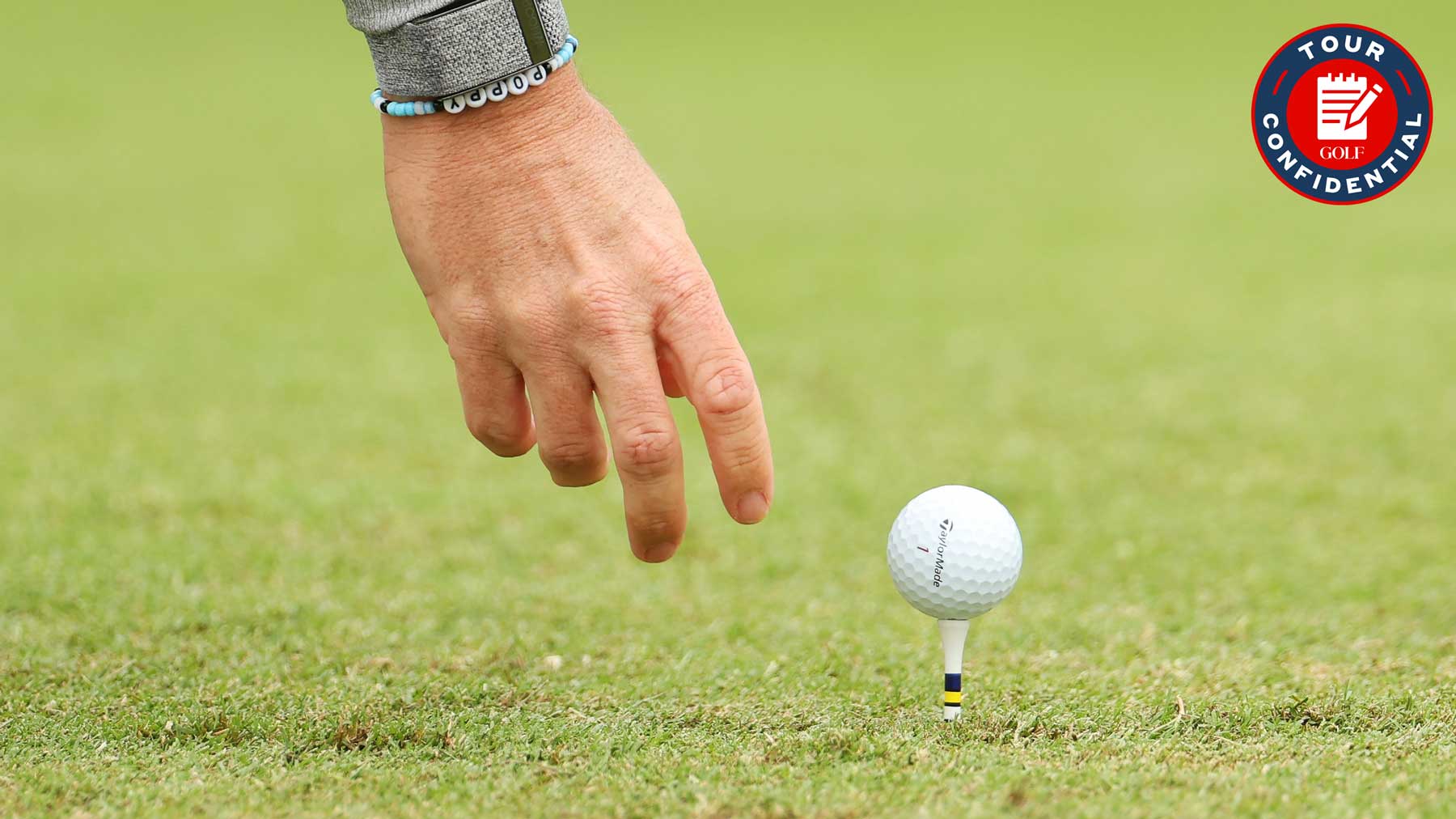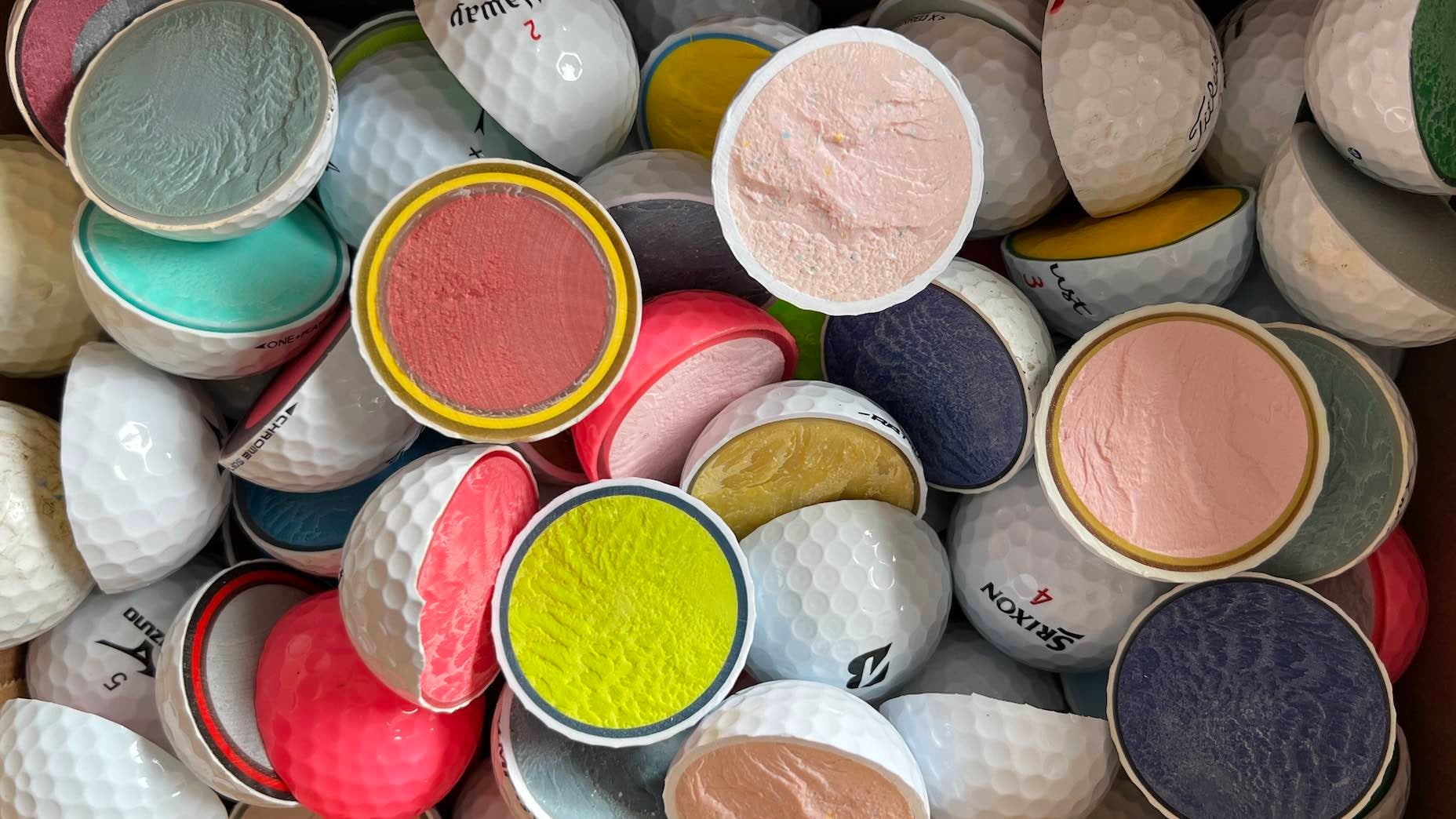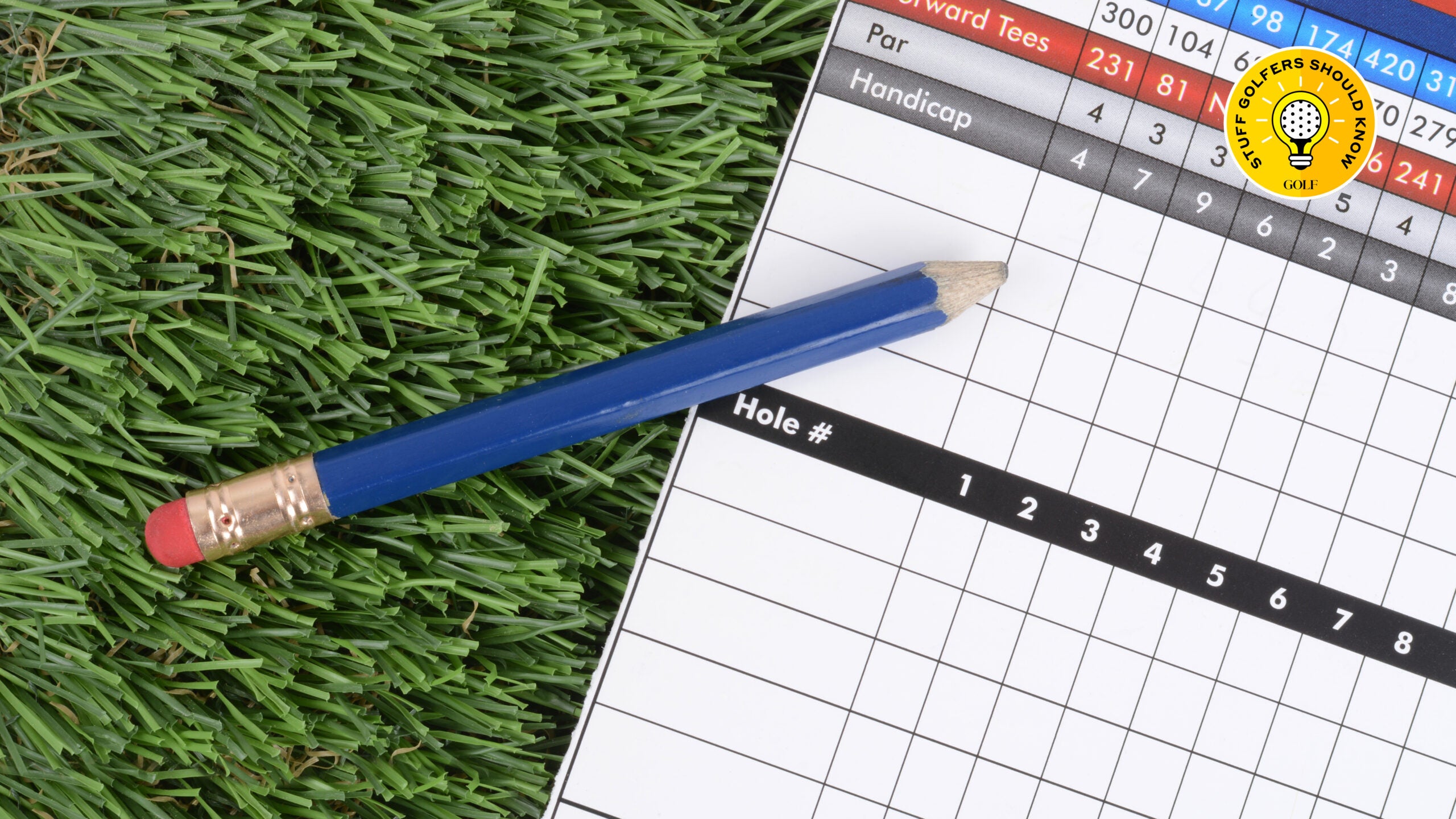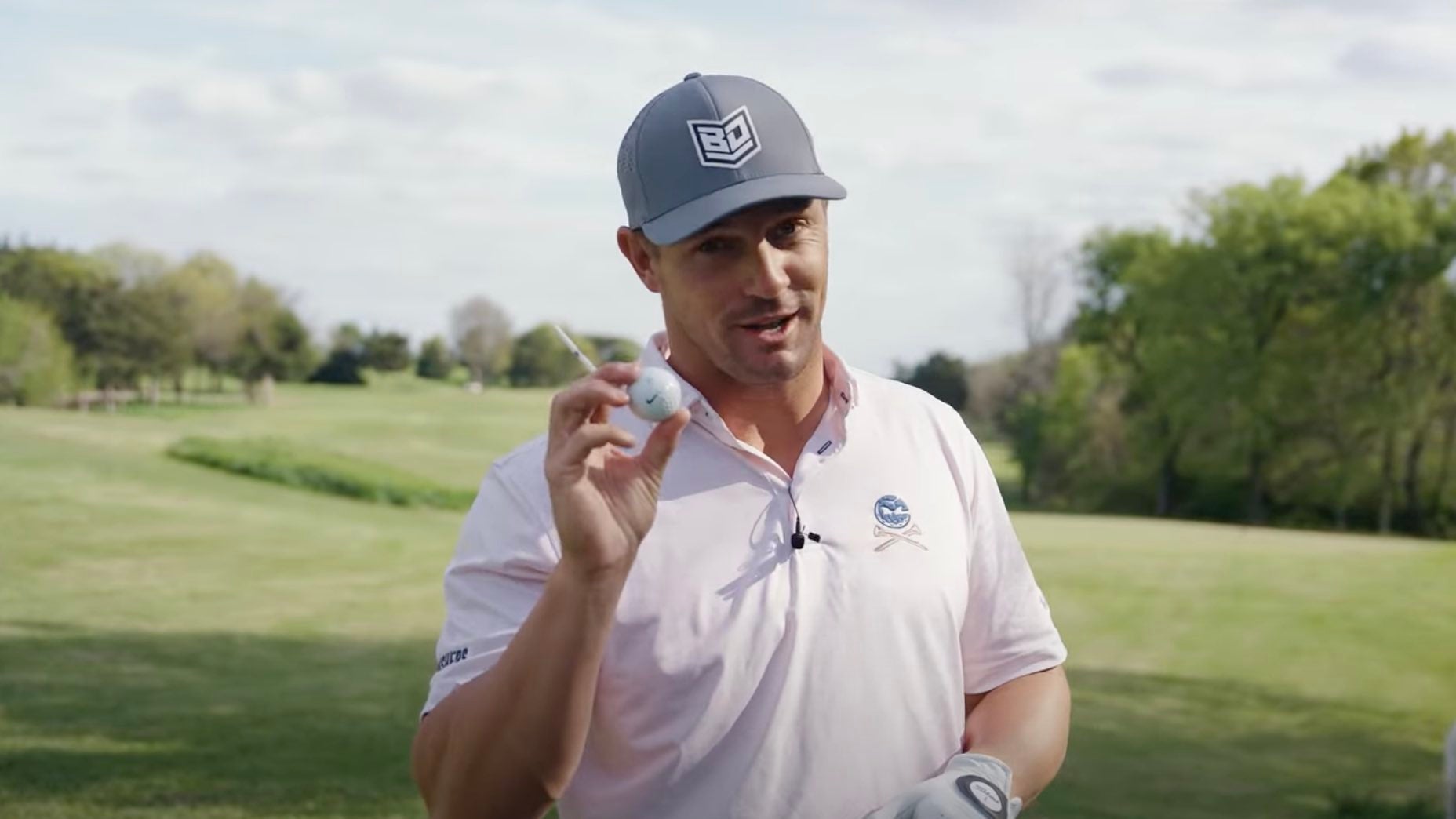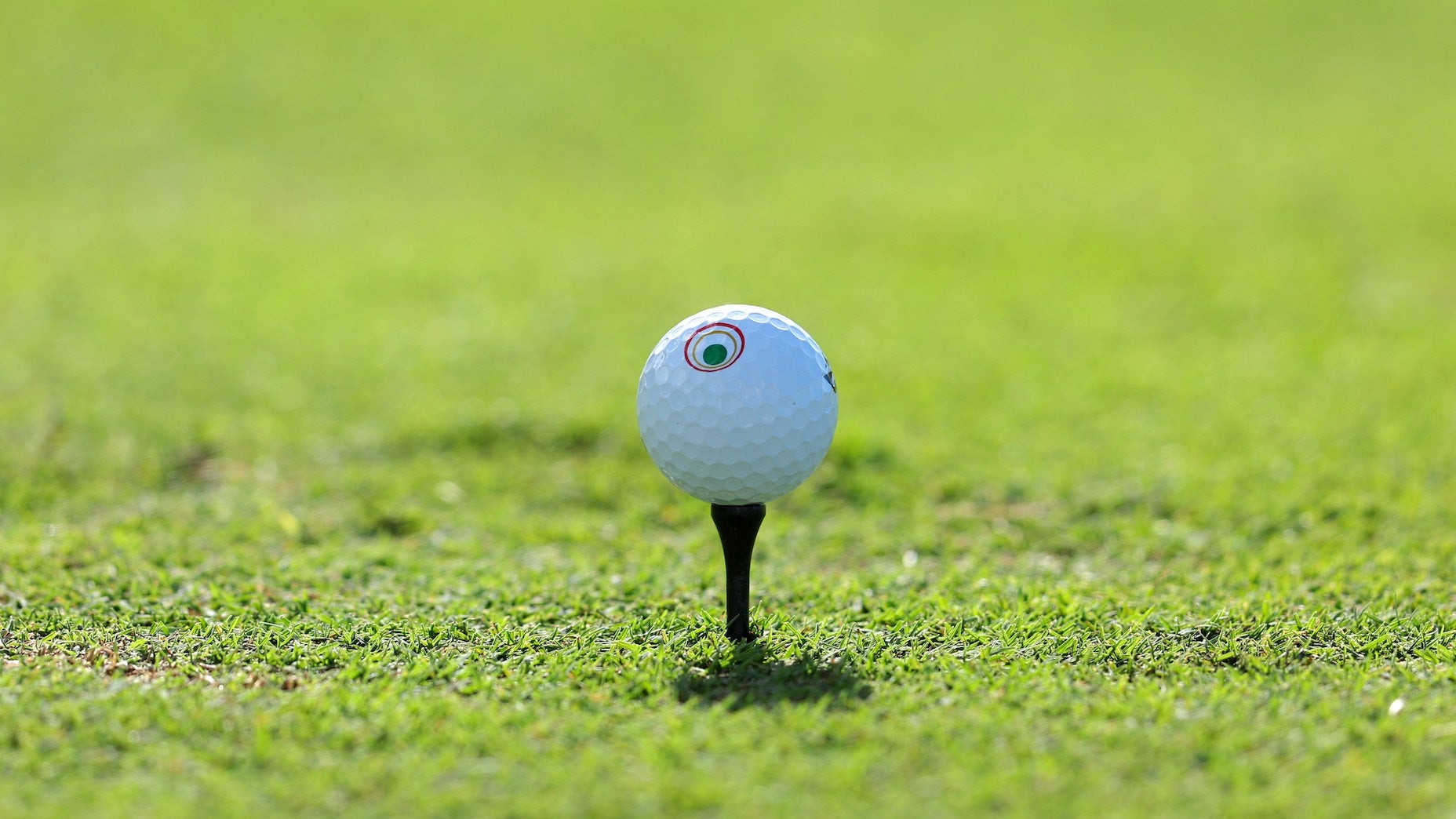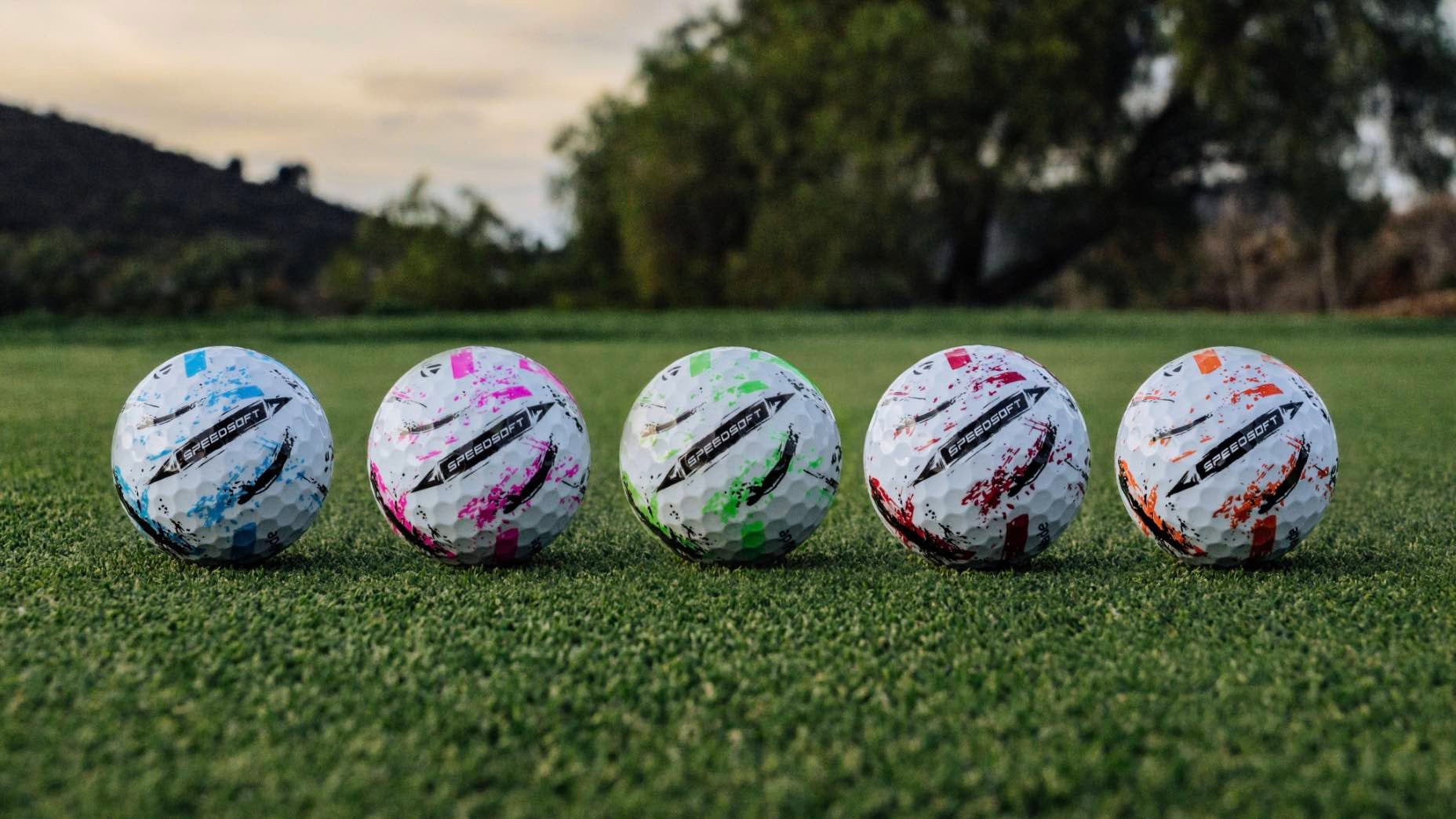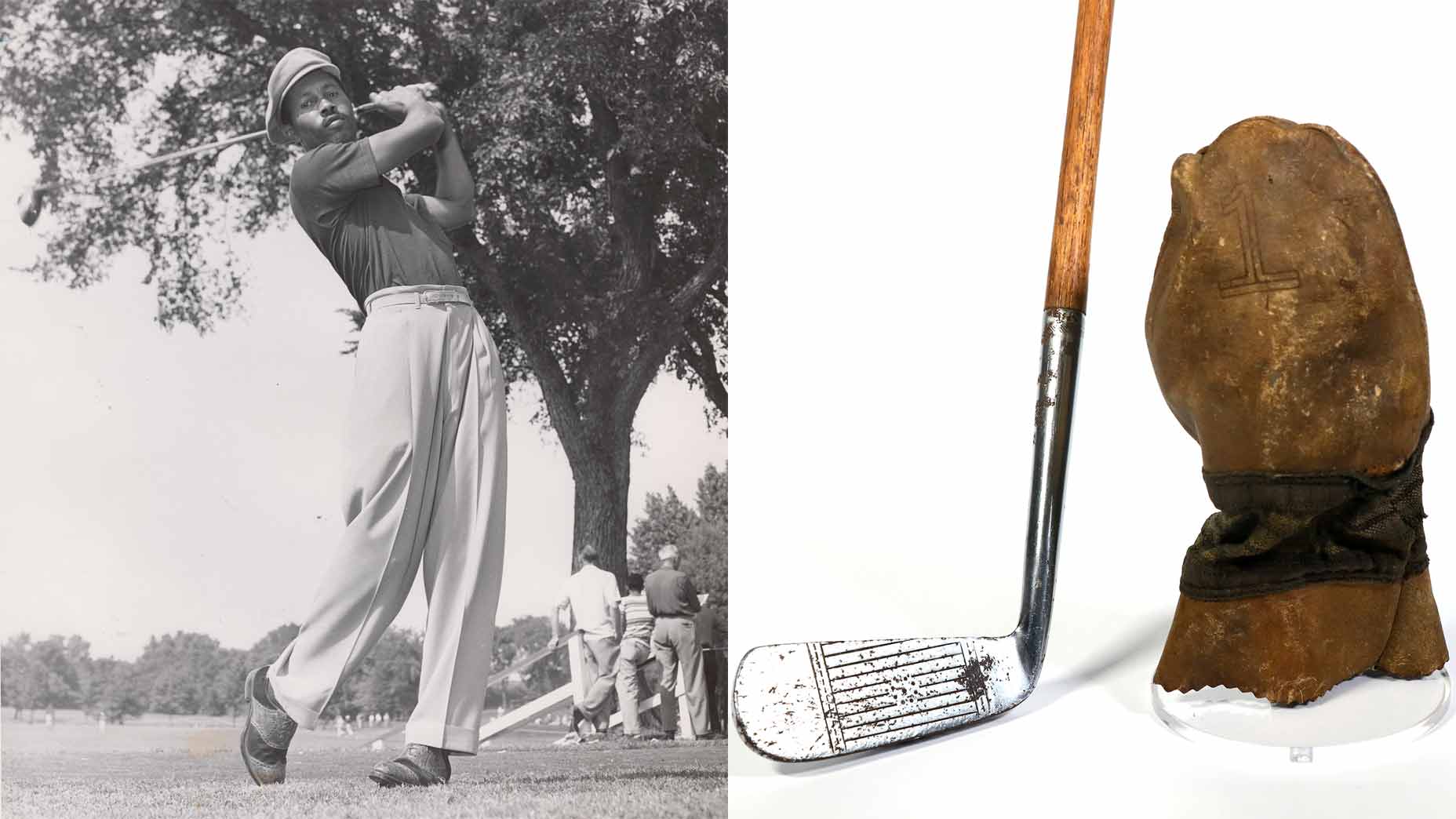Golf-ball rules could dramatically change under new proposal. Here’s what we know
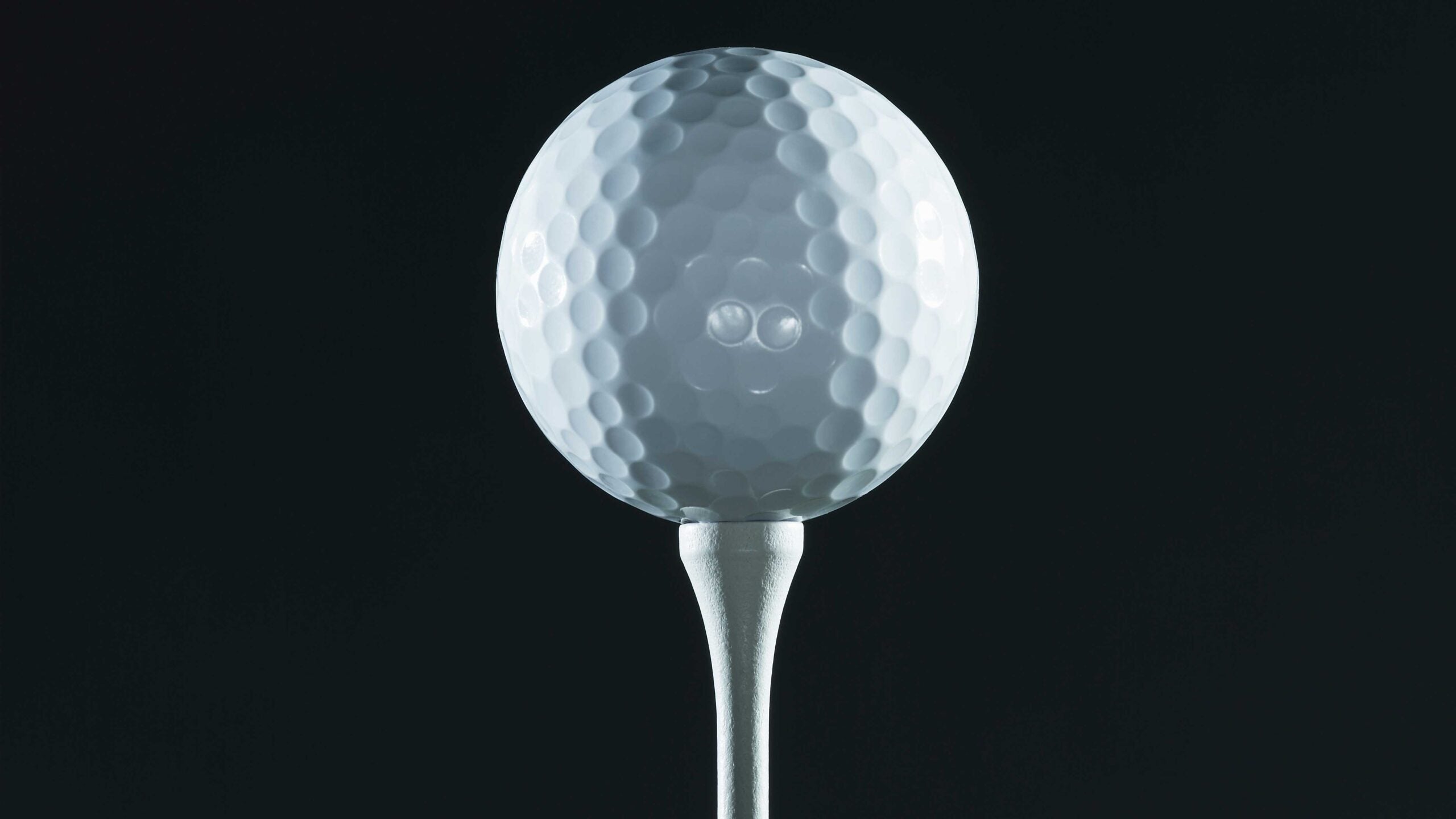
The USGA and R&A are set to propose a significant amendment to golf-ball testing.
Getty Images
If you thought there wasn’t enough turbulence in the golf world of late, well, just wait.
The USGA and R&A have convened a news conference for Tuesday at which, GOLF.com has learned, they’ll introduce a proposal that includes a Model Local Rule that — for tours and championships that adopt it — would effectively mean rolling back the golf ball and introducing bifurcation, i.e., creating a different set of rules for professionals and top amateurs vs. the rest of the golf world.
According to an industry source, equipment manufacturers were informed of the proposed changes Monday morning, which center around the clubhead speed used to evaluate balls for the Overall Distance Standard (ODS).
In short, if the governing bodies have their way, professionals and elite amateurs on tours and in tournaments that adopt the rule will hit the ball shorter distances. Rules for everyday golfers aren’t expected to change.
A USGA spokesperson did not respond to a request for comment, but here’s everything we know about the new proposal.
How will the proposal change the ball?
It’s tough to legislate speed; you can’t tell pros how hard they’re allowed to swing. But by changing the way it tests golf balls, the USGA can effectively make every ball currently in play on Tour non-conforming. How? The USGA mandates that balls can only fly a certain distance (317 yards, with a three-yard tolerance) under the prescribed conditions. If you change those conditions but not the 317 limit, the ball has to change as a result.
The original Area of Interest (AOI) the USGA and R&A rolled out in March 2021 looked at potentially raising the test swing speed for the ODS from 120 mph to at least 125. A follow-up to the original area of interest, introduced in June 2022, proposed studying increased clubhead test speeds “between 125 and 127 mph and will include studies of the effects of these test speeds on the launch conditions and aerodynamics of the golf ball.”
Under the proposed new testing protocols, the governing bodies would test balls in the future at 127 mph clubhead speed with 11 degrees of launch and 2,220 RPMs of spin as the ball setup conditions. For perspective, the current control ball testing setup conditions are 120 mph (plus-or-minus a half mph), 2,520 RPMs (plus-or-minus 120 RPMs) and 10 degrees of launch (plus-or-minus a half degree).
The 127 mph proposed clubhead speed is 12.1 mph faster than the average clubhead speed on the PGA Tour. It also exceeds the average speed for the player with the fastest swing speed on Tour, Brandon Hagy, who currently sits at 126.06 mph. Testing balls at the proposed clubhead speed would mean essentially every ball now being played on Tour would be deemed non-conforming (The Equipment Rules, Part 4, Section 6), as the balls would exceed the 317-yard distance limit set by the governing bodies.
How significant will the difference be? One pro estimated a 300-yard drive might go 280-285 yards with the new ball, although it’s tough to estimate exactly given the number of factors involved.
The change would require equipment manufacturers to return to the drawing board to create a new ball to meet the new testing standards.
Does this mean bifurcation?
If adopted by all relevant tours and championships, then…yes. While the initial AOI looked at making changes across the board for all golfers, the new proposal would target golfers in “elite championships” — there is no mention of specific events — with a Model Local Rule (MLR) that could be put in place as early as January 2026.
Because this is just a proposal for a MLR, there will be a review period as the USGA collects feedback from manufacturers, pros, golfers and various industry leaders.
The MLR could set a course for bifurcation, drawing a defined line in the sand between elite-level pros/amateurs and the recreational golfer.
Some of golf’s biggest names have been pushing for changes to the golf ball at the pro level for years, including 18-time major winner Jack Nicklaus, who told the Five Clubs podcast in 2022 that something needs to be done in the near future.
“For all concerned, for the golf ball to come back to bring back a lot of things back into perspective is very important for the game of golf,” Nicklaus said. “I think something will get done, it’s just how long will it take for them to research the problem?”
On the recreational side, golfers won’t have to worry about losing distance in the near future. Along with keeping the current ball testing standards in place, the USGA and R&A will look at the possibility of easing or eliminating the initial velocity test altogether, something USGA CEO Mike Whan confirmed was being discussed during his press conference at last year’s U.S. Open.
“We’ve actually talked about removing some of the other tests that have been in place for a long time,” Whan said. “One is called initial velocity of a golf ball, and the other is the limitation on how big a sweet spot can be. We’re potentially analyzing removing those two tests, and the benefit of that is we think if we removed that, there’s a potential — not a guarantee — it’ll free up innovation space for the manufacturers to create a ball that would actually be better for low club speeds, be better for beginners … but actually give the manufacturers a little bit of freedom.”
With an easing or elimination of the initial velocity test — the test is defined “as the speed of the ball as it travels 2π feet after impact with the striker” — could potentially increase the distance gap between a potential MLR ball and recreational offering. In other words, weekend golfers could actually see more distance in the long term.
What’s the point of the proposal?
As the game has evolved, golfers have been hitting balls increasingly farther, for a variety of reasons. Club technology and materials have improved. Golf ball technology and materials have, too. The technique has improved, allowing golfers to be more efficient. Training has intensified, allowing golfers to swing harder. Course preparation has meant balls roll farther in closely-mown fairways. You get the idea: The ball travels a longer distance.
So what’s the problem? In short, distance gains have rendered some old courses obsolete for top pros; the architect’s original intent is long gone. And while Augusta National can continue to lengthen holes by buying additional land to build new back tee boxes, that’s not an option available to most other courses. The USGA has been seeking to shrink golf’s footprint and these changes are expected to include a message that aligns with its sustainability mission.
What do the pros think?
The relationship between the USGA and PGA Tour pros has always been delicate. From controversial U.S. Open setups to controversial rules changes, there have been plenty of differences of opinion between the two groups. But any feuding had gone relatively silent in the last few years; U.S. Opens have been conducted without incident and Tour pro-USGA relations have improved.
But a change this big means there are plenty of pros who will be speaking their mind. GOLF.com spoke with multiple PGA Tour players who were skeptical, at best, of the proposed changes.
“One of the coolest things about our sport is that the general player can play with exact same equipment from the same exact place,” one pro said. “No fan wants to see PGA Tour players hit it shorter than they do. That’s one reason they watch pro golf, because Rory can hit it 320 and they can stand on the same tee and not do so.”
The player added that in a perfect world, equipment would have been reined in several decades back. But the general consensus among pros seemed to be that the genie can’t be put back in the bottle. Attempting to take equipment back to the late ’90s, they argued, has more downside than upside, particularly if it means splitting the rules for pros and amateurs.
The rule also introduces a set of complex incentives between pros, equipment companies and the USGA. Right now, equipment companies can sell golf balls to fans based on the idea that they’ll play the same balls as the pros. If that relationship no longer exists, manufacturers will be less incentivized to optimize its equipment for pros and also less incentivized to pay its pros as spokespeople.
As a result, multiple pros questioned whether the Tour would accept a recommendation from the USGA to adopt its proposed guidelines.
“Fans don’t want this, pros don’t want this, TV doesn’t want it, manufacturers don’t want it,” one pro said. “Who is this for?”

